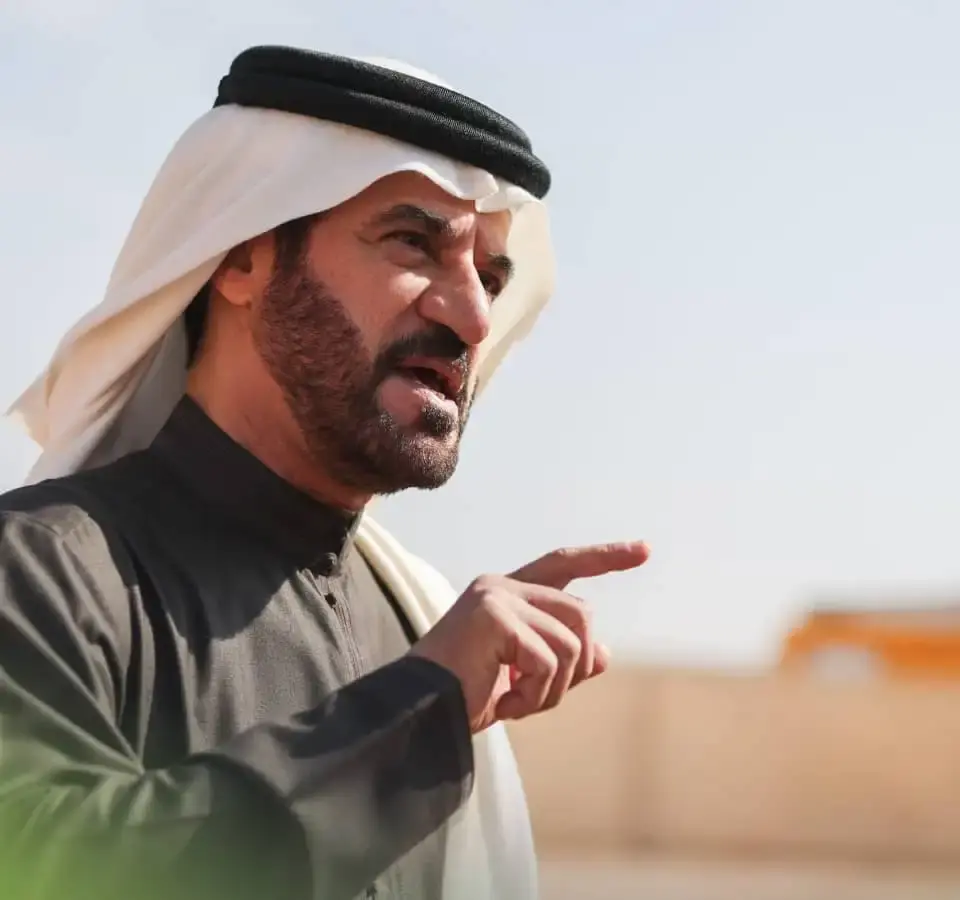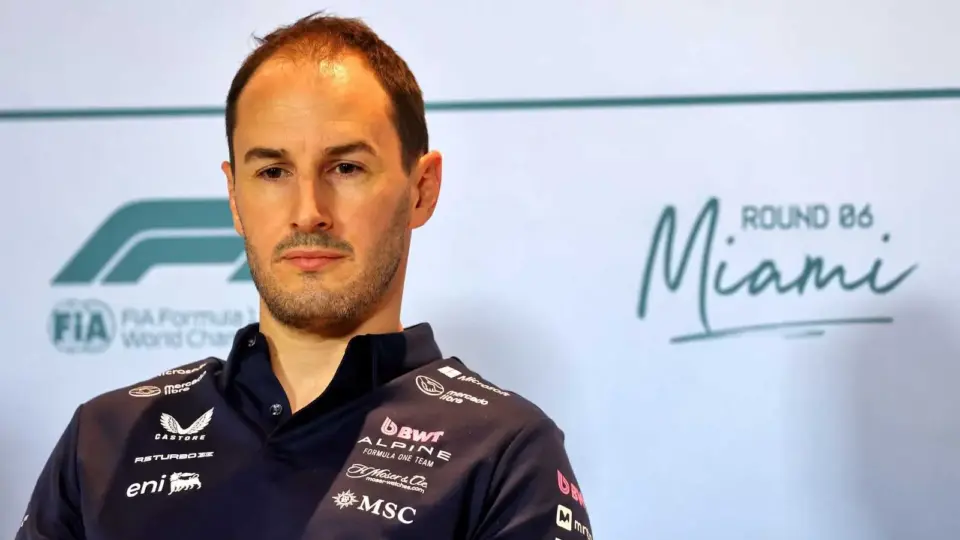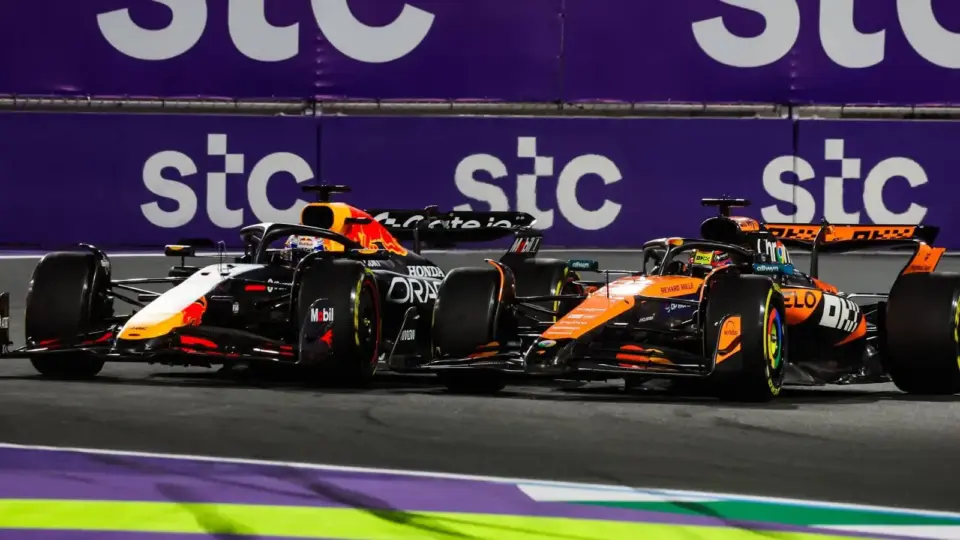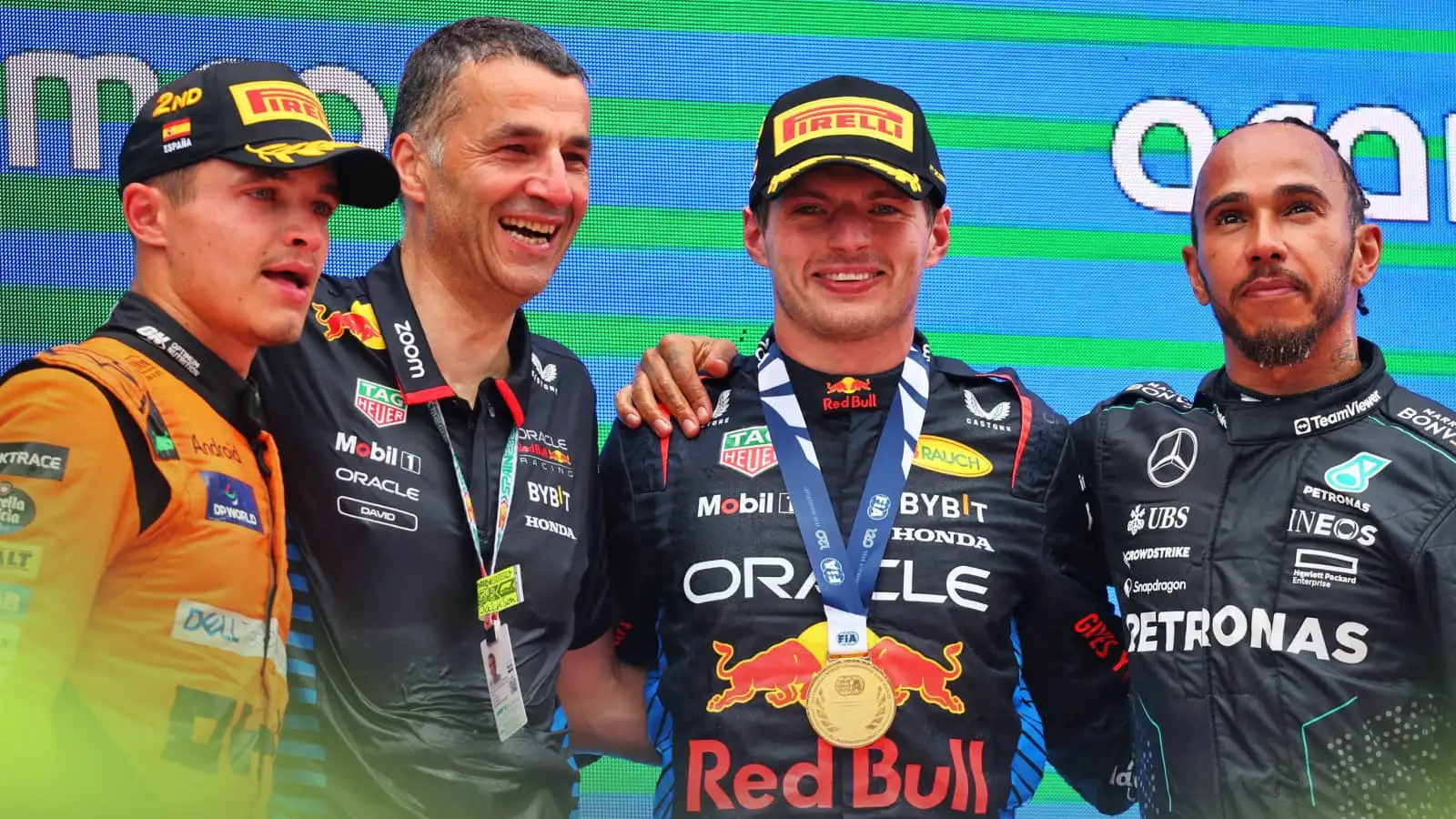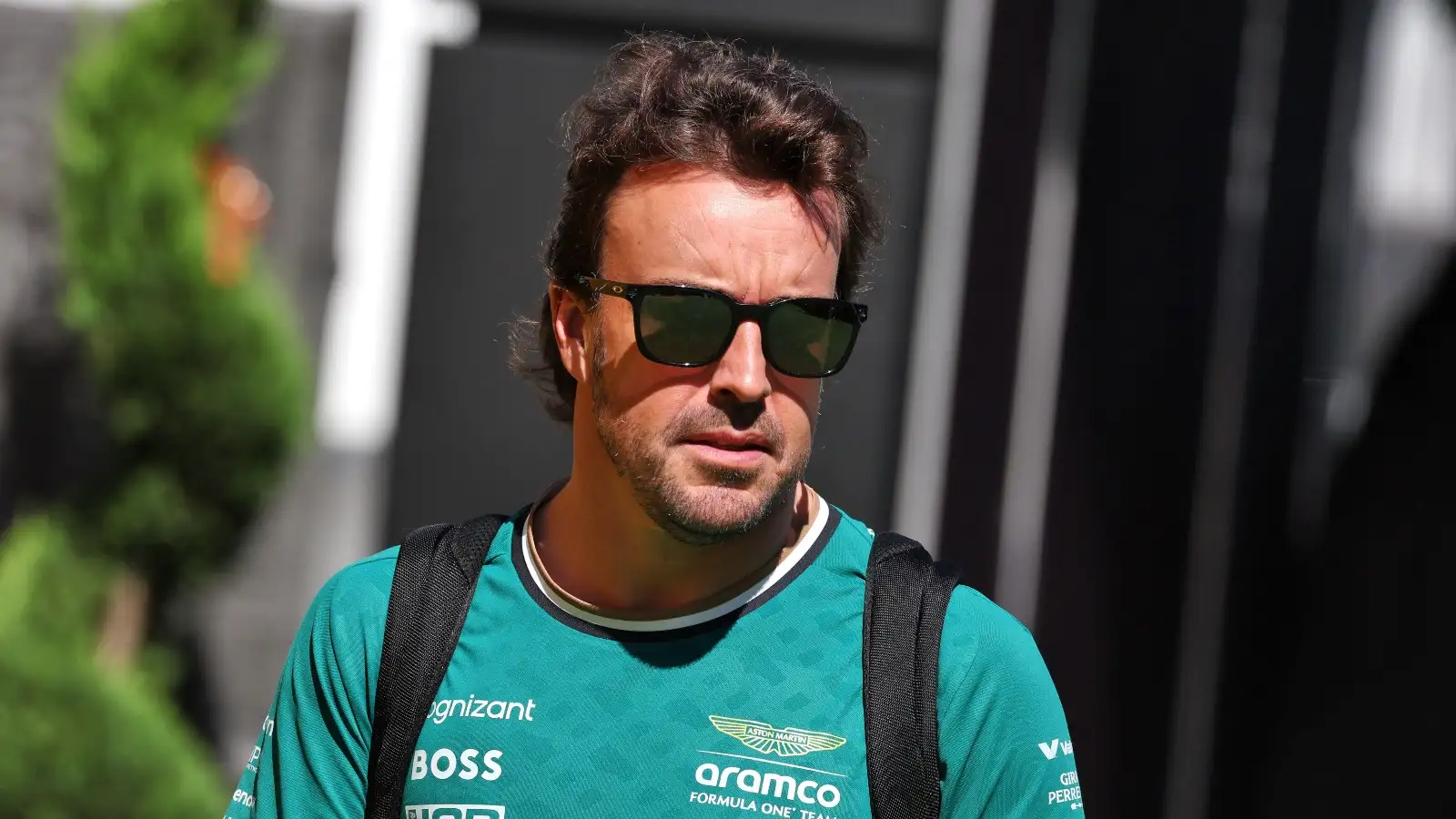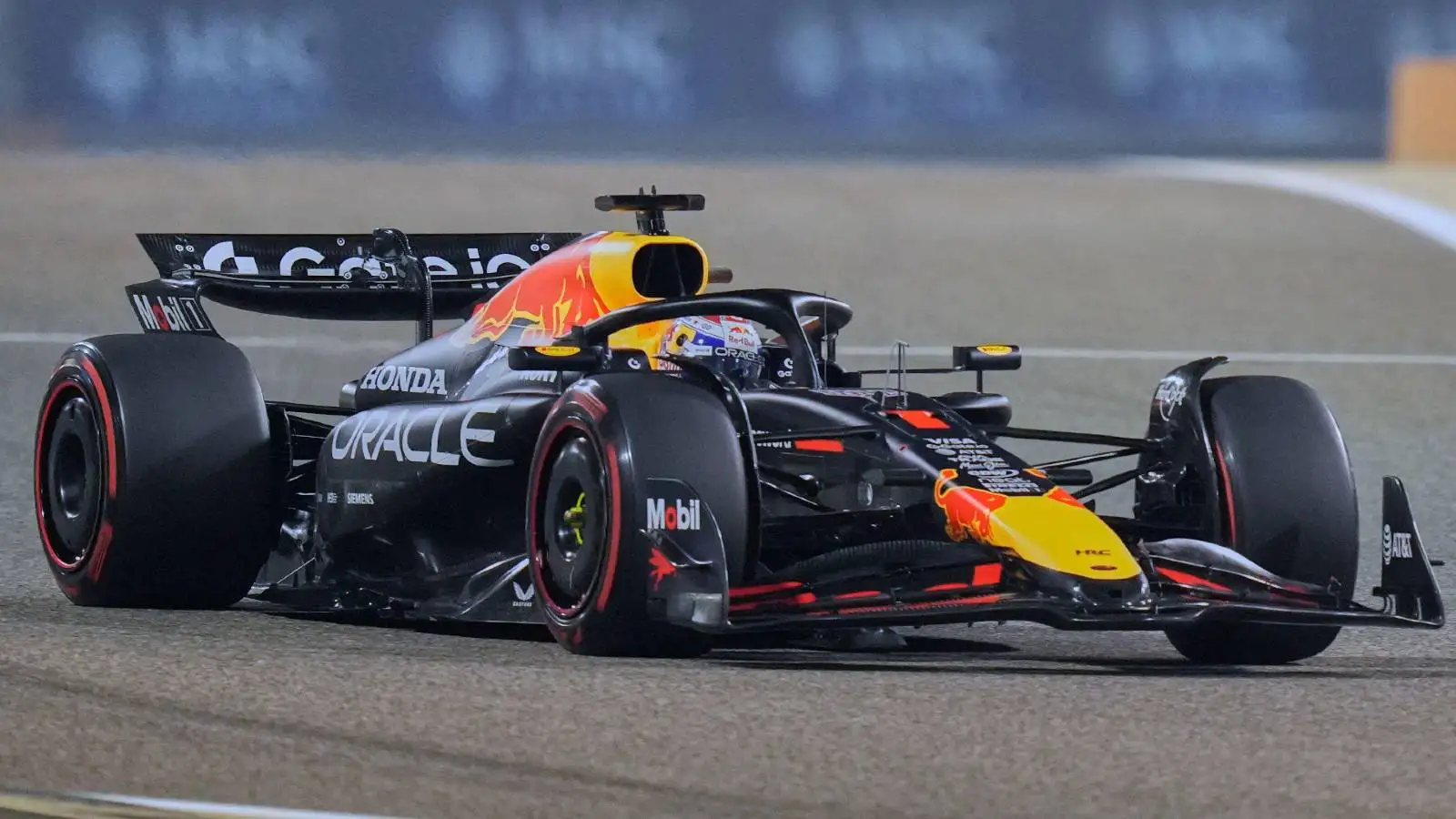The world of Formula 1 is no stranger to change, but the potential removal of the cost cap is stirring the pot like never before. FIA President Mohammed Ben Sulayem has labeled the cost cap a ‘headache,’ hinting at its possible demise. This change might bring back the days of extravagant spending, altering the sport’s competitive landscape.
Introduced in 2021, the cost cap aimed to level the playing field by restricting team budgets. However, not everyone is convinced of its efficacy. The regulation, while reducing performance gaps, has also faced criticism from top figures in the sport. We delve into the implications of scrapping the cost cap and what it means for teams both big and small.
The Rise and Fall of the Cost Cap
Prior to the introduction of the cost cap, Formula 1 teams could spend freely, leading to a significant disparity in performance. Teams with hefty budgets dominated while smaller outfits struggled to compete. This led the FIA to introduce a $145 million cap in 2021. By 2025, this cap was adjusted to $140.4 million, covering nearly all operational expenses, except driver salaries and certain costs.
Red Bull’s breach of the cost cap in 2021, leading to a $7 million fine and a wind tunnel penalty, highlighted the challenges teams face in adhering to these financial restrictions. Despite some procedural hiccups, most teams have since conformed to the cap, illustrating its impact on tightening competition margins across the grid.
Mohammed Ben Sulayem’s Bold Proposal
Mohammed Ben Sulayem, the current FIA president, has been vocal about his concerns regarding the cost cap. Calling it a ‘headache,’ he questions the effectiveness of the cap in achieving its intended goals. His sentiment underscores a potential shift back to the pre-cap era, raising questions about the future of team spending and competition.
For Sulayem, the cost cap may be an unnecessary burden rather than a solution. “What’s the point of it? I don’t see the point. I really don’t,” he remarked to the media. Such a stance suggests imminent debates within the governing body about the cap’s relevance in the evolving world of F1.
The Impact on Team Dynamics
Team principals across the paddock have mixed feelings about the potential removal of the cost cap. For larger teams, lifting the cap could signal a return to dominance, leveraging their financial prowess. Meanwhile, smaller teams fear slipping further behind, unable to match the spending power of the big players.
The cost cap, while imperfect, has reduced the performance gaps with the quickest driver in 2019 being 5.581 seconds faster than the slowest. Today, this gap has shrunk to 2.051 seconds, showing a more competitive field. Removal of the cap could reverse this trend, reinstating a spending war amongst the elite.
Exceptions and Loopholes
Despite its comprehensive scope, the cost cap includes exceptions. Employee salaries, travel expenses, and marketing costs fall outside these limits. This has allowed teams certain flexibilities in budget allocation, ensuring critical aspects like driver performance remain uncompromised.
Last year, Audi received a cost cap offset, highlighting the cap’s adaptability to specific team contexts. Such cases demonstrate the FIA’s willingness to accommodate unique circumstances, but also fuel arguments for and against the cap’s existence.
Concerns of a Changing Landscape
Many in the F1 community are wary of the changes a cap removal might bring. The risk of an arms race looms, especially with top teams potentially outspending the competition back into obscurity. Financial viability, gained by some teams under the cap, could be jeopardized.
Smaller teams, which have benefited from the cap’s leveling effect, face uncertainty. The potential reemergence of financial disparity could stifle innovation and competitiveness on race days, reverting F1 to a battle of budgets rather than talent.
FIA’s Balancing Act
Balancing the interests of all stakeholders is crucial for the FIA. While top teams push for fewer constraints, smaller outfits advocate for continued financial oversight. The FIA’s decisions must align with the sport’s long-term vision, ensuring sustainability while keeping the thrill of competition alive.
As discussions progress, the FIA faces pressure to justify any major regulatory shifts. Ensuring fair competition without stifling innovation remains a tricky endeavor, with voices from all corners of the sport weighing in.
Future of Fair Competition
With each side presenting compelling arguments, the future of fair competition hangs in the balance. The do-or-die nature of Formula 1 means any decision could drastically alter team dynamics and the championship’s integrity.
Maintaining a level playing field will require innovative solutions, potentially adapting the existing cap or crafting a new framework that addresses current shortcomings without compromising competition.
Reactions from the Grid
Drivers and team leaders are as divided as ever on the matter. Some celebrate the potential for unrestricted development, while others lament the possible return of unregulated financial competition. The grid’s mixed reactions highlight the complexity of the issue.
As the sport evolves, these varying perspectives will shape the narrative around financial regulation in F1, potentially influencing the next phase of its storied history.
The future of the F1 cost cap is uncertain, and the sport stands at a crossroads. Whether the cap remains or is abolished, the decision will undoubtedly shape Formula 1’s competitive dynamics for years to come.
